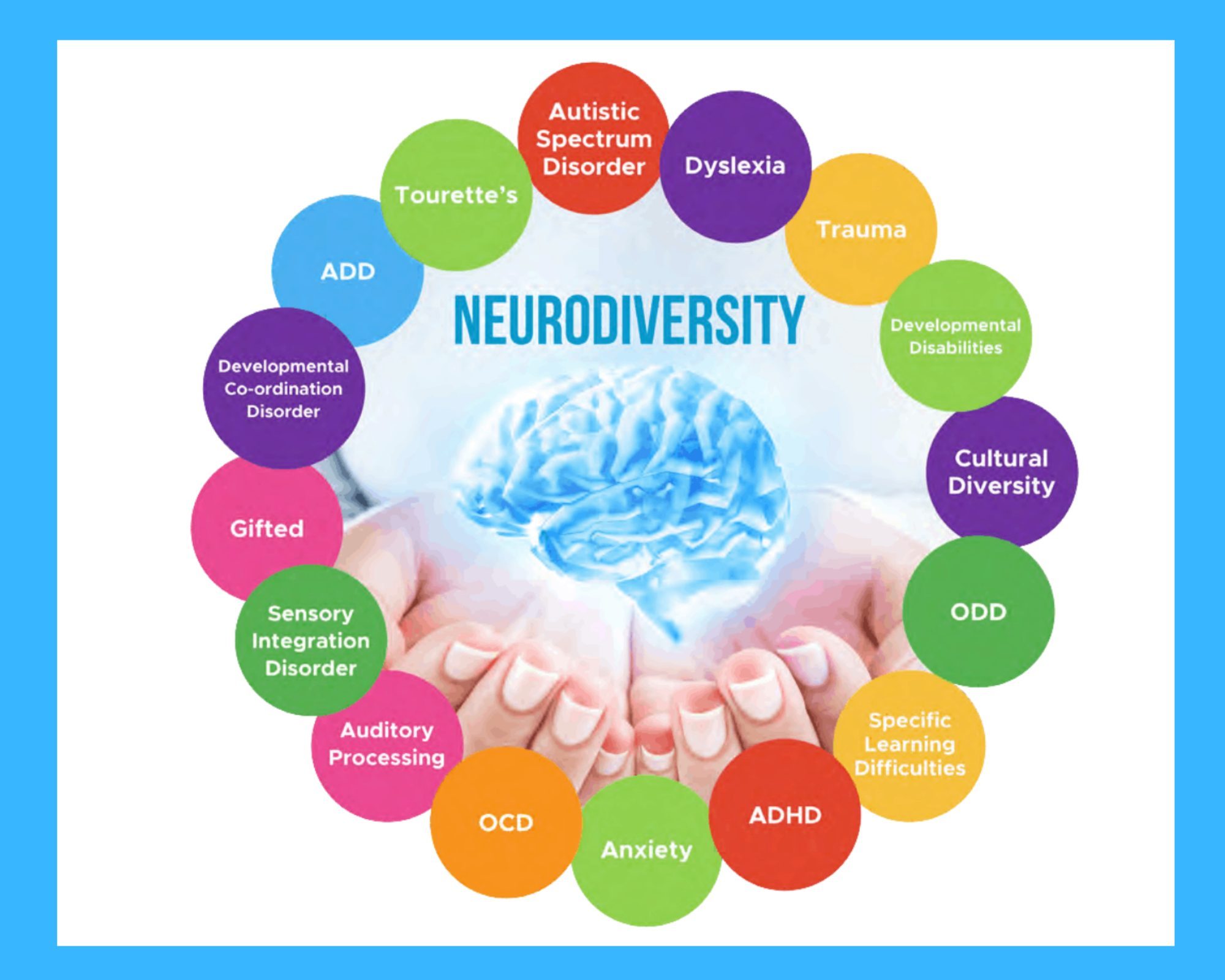
As we enter April, it is important to reflect on “Autism Awareness” and how this can and should include “Autism Acceptance” to ensure all people are treated with dignity and respect. An important part of that is understanding the concept of neurodiversity. There are many definitions of neurodiversity, however in general, neurodiversity is the understanding that development is a natural human difference to be recognized as any other human variation. The goal is to embrace varied interests, skills, and perspectives, knowing that this benefits not only the neurodivergent individual, but society as a whole. By using the concept to account for individual neurological differences, we create a discourse where people may be seen in terms of their strengths first and foremost. Things that may be viewed as “weaknesses” can be redefined and seen as areas where that individual can seek the support they desire to be able to use their strengths to feel fulfilled in their life. This perspective helps in not only reducing stigma around these differences, but can foster a culture of pride, community, and self-advocacy for neurodivergent individuals. It can also help caregivers, educators, and providers alter their mindset when supporting children or adults of any age or skill level by focusing on how to enable that person to meet their full potential by providing the support that allows them to be meaningfully included in all aspects of life.
As a teacher or parent, you can begin to teach neurodiversity in childhood through a few ways. First, it can be helpful to be active with your child/student in volunteer and education efforts focused on disability acceptance and awareness. This ensures your child/student is accurately informed regarding disabilities and establishes the norm that general conversations surrounding neurodiversity are ongoing and prioritized. Second, there are multimedia resources for a variety of ages, including books, TV shows, and movies, that focus on neurodivergent characters and can be useful in furthering these conversations. Your child/student may review these things on their own and come to you for questions or could be used in a more interactive way that allows you to pause and connect it to their experiences. Third, it is important to model and discuss respectful responses to situations in your child/student’s life in relation to their neurodivergent peers. You may observe or be made aware of interactions with peers where the peer engaged in a way your child/student may view as “different.” When this occurs, it is important to approach a follow up discussion by initially discussing the similarities between your child/student and their peer and highlighting their peer’s strengths. Regarding differing responses that may be seen as “weaknesses” or “difficulties,” it is important to explain those within the context of acceptance in that everyone has things they are good at and things with which they may need help and we can all use our own strengths to help each other. You can then discuss ways that your child/student can be a friend or helper to that peer and how, in turn, the peer can and will do the same. This makes the distinction that helping or befriending a neurodivergent peer should not be seen as charity, but rather the caring way we should all support with each other regardless of our differences and the mutual benefits that come from that. If these concepts are taught in childhood, it will help foster a true understanding and appreciation of all differences that can continue to grow into adulthood.
About the Author
 Whitney Loring, PsyD, is a licensed clinical psychologist, associate professor of Pediatrics and Psychiatry & Behavioral Sciences and is TRIAD Director of Training for the Vanderbilt Kennedy Center Treatment and Research Institute for Autism Spectrum Disorders (TRIAD).
Whitney Loring, PsyD, is a licensed clinical psychologist, associate professor of Pediatrics and Psychiatry & Behavioral Sciences and is TRIAD Director of Training for the Vanderbilt Kennedy Center Treatment and Research Institute for Autism Spectrum Disorders (TRIAD).